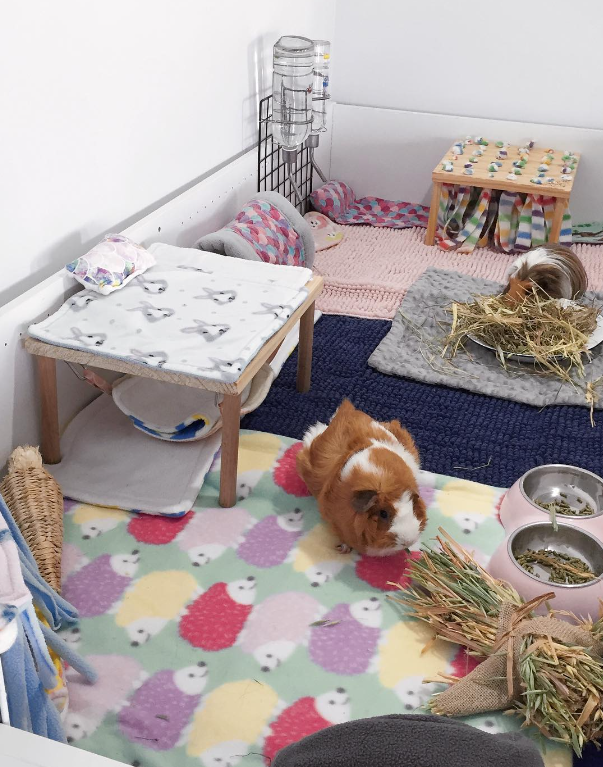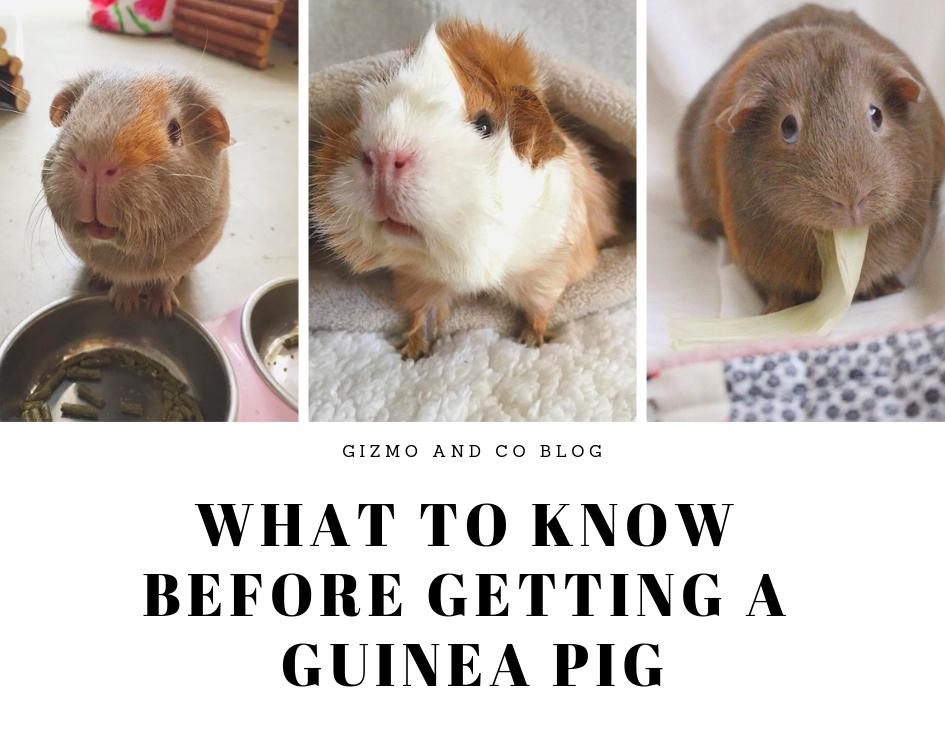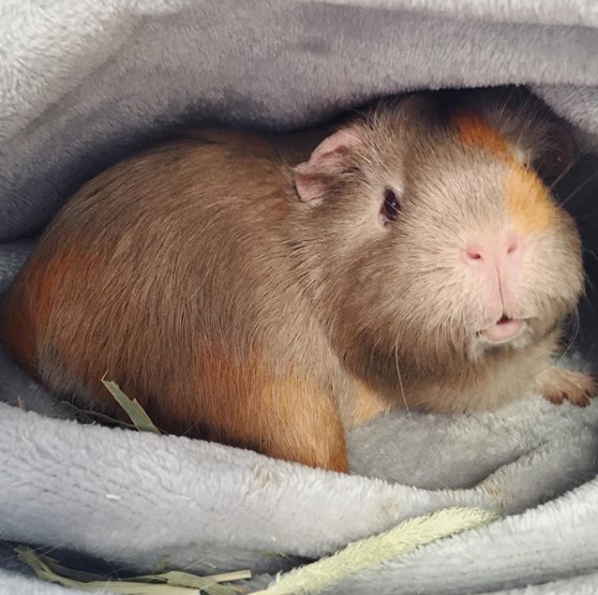Guinea Pigs: Cage Set Up & Recommendations
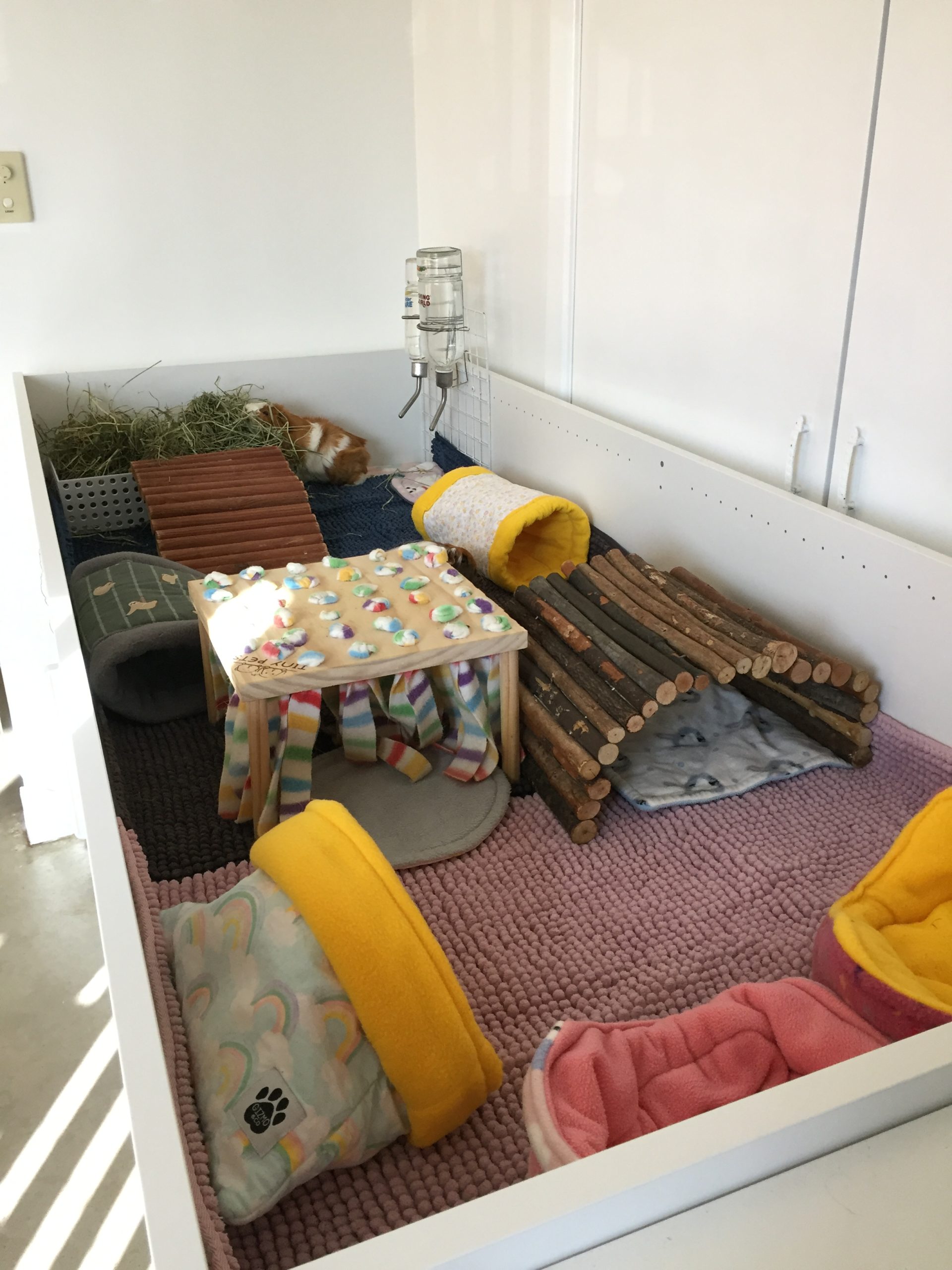
Guinea Pigs are playful, social animals which require a large enough space to roam, popcorn and run around in. While most pet shops will display guinea pigs in small, plastic cages with minimal space – this is not a suitable or healthy habitat for a guinea pig. Your guinea pig cage should be large, secure and well ventilated. Below are some tips on making sure your piggies home is up to their standards.
THE BIGGER THE BETTER!
CAGE SET UP
When selecting a cage for your guinea pig, you should choose one with a smooth bottom so your guinea pigs feed don’t get hurt, sore or stuck. We recommend using C&C cages as they can be easily expanded and rearranged to give your pigs optimal space. MidWest cages are also great homes for guinea pigs, just be sure it’s large enough. The most suitable MidWest cages for guinea pigs are the 171GH & 171GPH models which can be found here.
GOOD GUINEA PIG CAGES
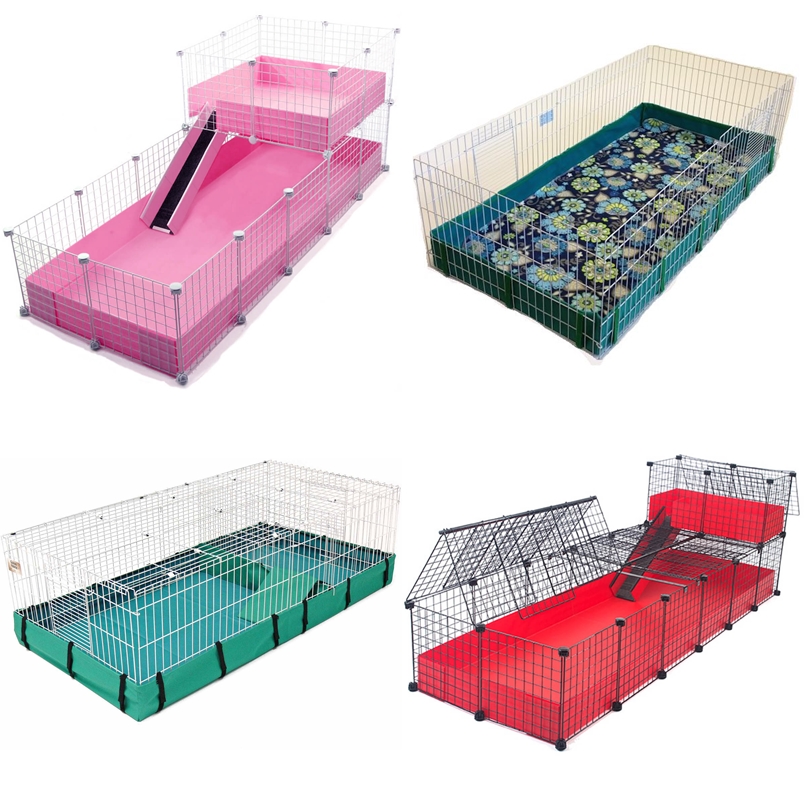
The minimum cage space required for 2-3 compatible guinea pigs is 1.5 x 1m (length x width). The bigger the better!
The images below feature four popular cages which are never suitable for guinea pigs. As above, your guinea pig needs space to run, play, socialise and relax. These cages are tiny, and it would be the same as keeping a dog in a pen all its life. Guinea pigs are exotic animals who require proper space and care to lead healthy lives, and are definitely not simple pets. If you find yourself questioning weather or not you have the proper space for guinea pigs, there are many other pets that don’t require as much space and may suit your needs better. These animals still have their own requirements, and just as any pet, need a large enough home to carry out their natural behaviours.
BAD GUINEA PIG CAGES
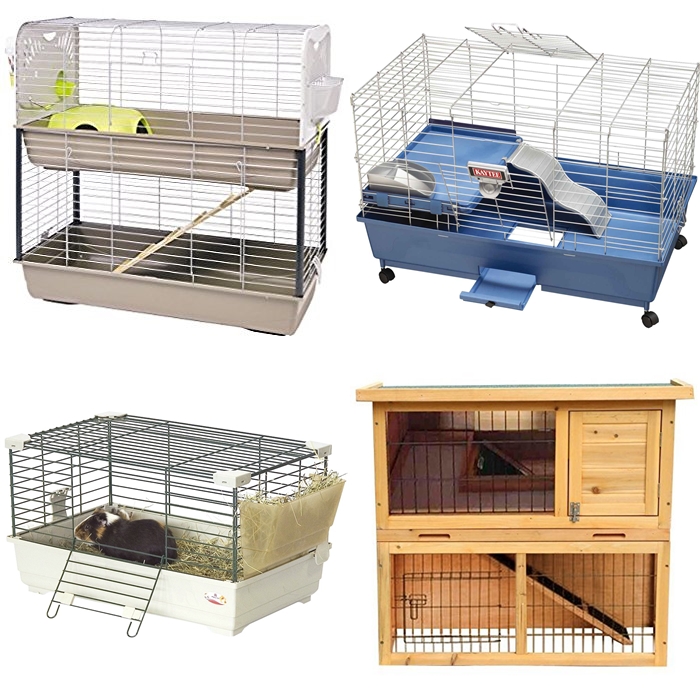
Why aren’t these cages suitable? Other than being too small, the top two cages are most suitable for mice. The ramp is far too narrow for guinea pigs to climb up, and could even hurt their feet. The cage with the guinea pig in it is more like a carry pen, too small to do anything but sit. The wooden pen is very popular for outside use but is not suitable for guinea pigs. Again the ramp is too narrow and steep, it could also hurt their feet unless covered with fleece or soft fabric. The cage isn’t snake, predator or weather proof and can be difficult to clean. It’s highly advised that you do not keep your guinea pigs outdoors as they do not fend for themselves well in the outdoors. Guinea pigs who live outdoors are at higher risks of illnesses and other health problems. Please keep your guinea pigs inside, in an area where they can see/hear you and that is safe from other animals (cats, dogs, etc).
LOCATION:
The location of your cage is important to ensure the health and happiness of your guinea pig. It’s best to house your guinea pigs indoors in a well-lit, draft-free room that gets frequent foot traffic (for example a hallway or living room). Choose an area where they will be apart of the family as this will ensure the health and comfort of your guinea pig. When guinea pigs are left outdoors, or in rooms that are excluded from the household they may only be noticed when needed or heard. Though they can be quite timid and skiddish animals, Guinea pigs can become loving, tame pets, and enjoy being pet and handled once they become familiar with the space they are in.
Wherever you choose to house your guinea pigs, be sure they are in an area that is predator safe, has a stable temperature and is pest free.
TEMPERATURE:
Temperature stability is a big part in making sure your guinea pig is comfortable. Your guinea pig should be housed somewhere out of direct sunlight, in a room where the temperature can be easily monitored and adjusted. For example, having electric fans, air con, and frozen ice toys for Summer and pet-safe heating pads, hot water bottles and extra thick fleece toys for Winter – just little things that you can adjust and monitor to keep your pets happy & healthy.
‘‘Sutherland and Festing (1987) recommend the following conditions: Temperature 18-22C, 8-20 air changes/h, relative humidity 45-70%, 12-16h light/day cycle. Group- housed guinea pigs provided with bedding withstand colder conditions, but neonates have reduced survival at temperatures below 17C. Temperatures over 30C are not tolerated well, particularly by pregnant sows.” (The Institute of Medical and Veterinary Science Australia)
BEDDING:
When choosing a bedding it’s important to ensure that it is absorbent, free from dust and oils and cannot be inhaled or eaten. Choosing a safe bedding is crucial for the overall happiness and well being of your guinea pig.
Your bedding should be:
- Absorbent
- Dust, chemical and oil free
- Soft
Your bedding should NOT be:
- Treated with chemicals/oils
- Easily inhaled or consumed
- Pine, sawdust, cedar or newspaper
RECOMMENDED BEDDING:
Fleece bedding is a popular option for guinea pig bedding as it’s safe, affordable and reusable. It’s recommended that you wash the fleece bedding 2 – 4 times before use in order for the fleece to become fully absorbent and effective. Fleece is the most eco-friendly as the bedding is reusable, though it can be time consuming to keep clean.
Bath Mats are a great alternative to fleece bedding, as they are cheaper, easy to wash and a lot easier to buy if you are unable to shop online. Since bath mats are designed to absorb water, you will find the bedding works just as well – if not better, than fleece liners. Bath mats are cheap, soft, easy to wash and a great bedding for guinea pigs.
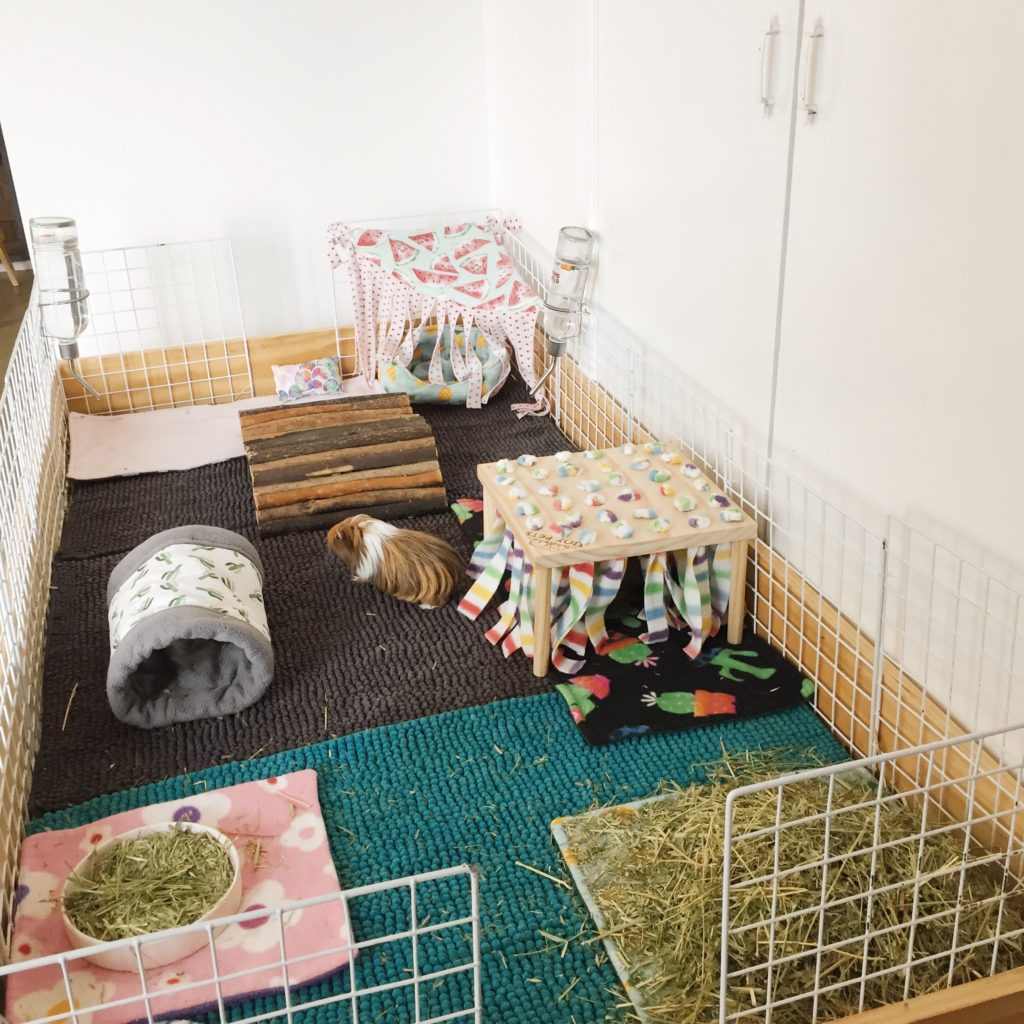
ACCESSORIES:
While not all accessories are compulsory, your guinea pig must have access to:
- water bottle
- hay sack or bowl
- a hidey or tunnel
- a friend (only on rare occasions should piggies ever be housed alone)
and while not compulsory, the following is also recommended:
- multiple hideys, tunnels and fleece toys
- enrichment toys like edible tunnels and apple branches
- separate pellet and fresh food bowls
- chew toys & logs






Above and below are just some ideas to help inspire your guinea pigs cage set up. Guinea pigs love hammocks, snuggle sacks and tunnels. They love to sleep and feel safe, so supplying them with multiple sleeping areas will encourage your guinea pig to feel comfortable and more trusting of you.
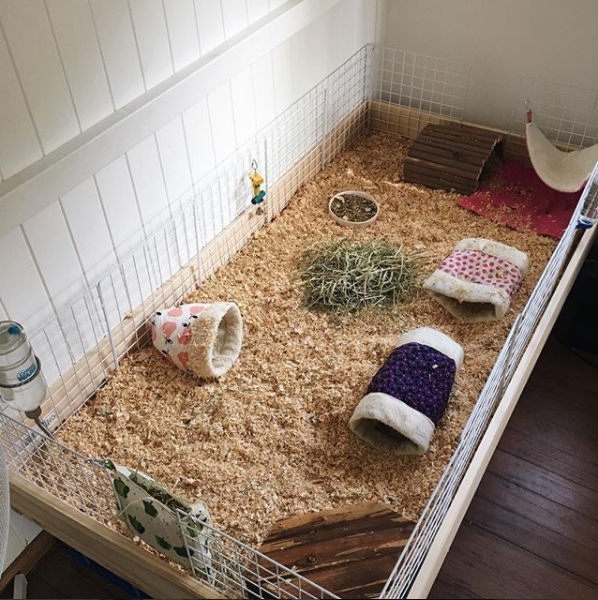
This was the set up we had for Gizmo, Sean and Peanut when we still used wood shavings. We made a base built from wood, then have placed C&C around the sides of the cage. This cage size is equal to a 2.5 x 5 C&C cage and is large enough to home three guinea pigs.

